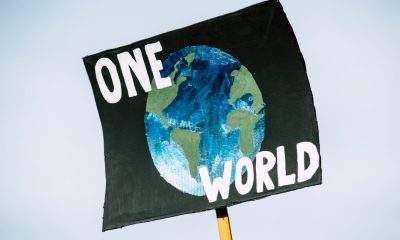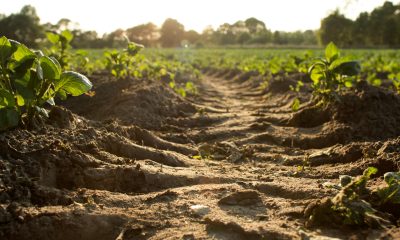Impact Investing
How Climate Change Is Fueling Global Food Price Surges
Climate change is driving extreme weather that rapidly inflates food prices worldwide — cocoa up 300%, onions 89%, cabbage 70%, olive oil 50%. These events, now the norm, destabilize economies, spark political unrest, and worsen public health. Volatile food inflation especially hurts low-income communities, posing systemic risks to markets, health systems, and global social stability.
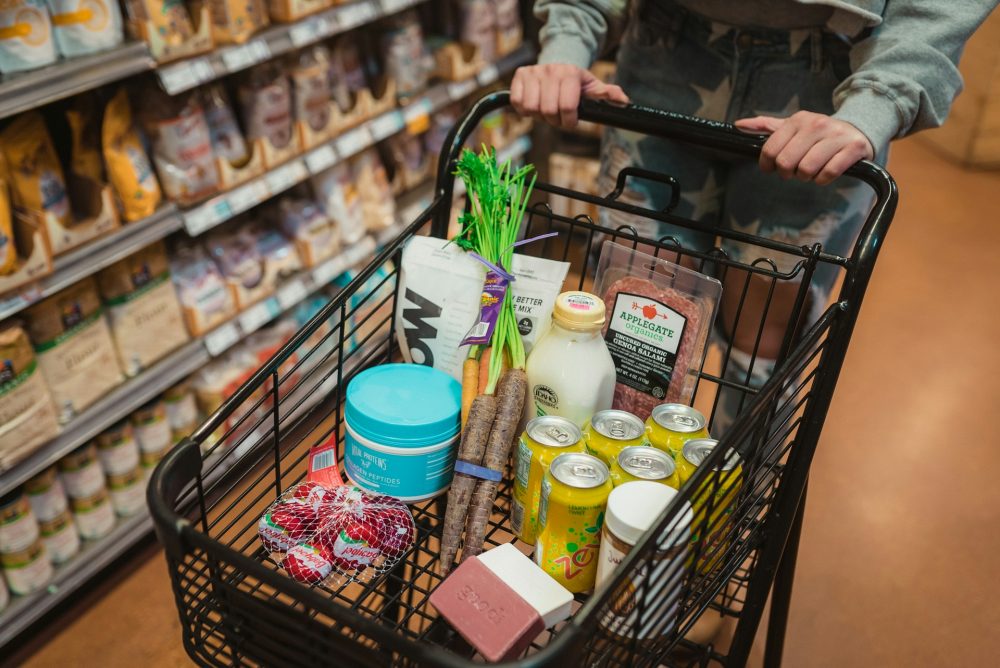
In 2024, global cocoa prices will have increased by 300%, onions in India by 89%, cabbage in Korea by 70%, and European olive oil by 50%, and climate change is to blame.
A recent study by the Barcelona Supercomputing Center has unequivocally demonstrated that extreme weather events, particularly heatwaves and droughts—disasters exacerbated by climate change—are generating sudden spikes in the prices of essential foodstuffs globally. The link between climate change and economic instability is therefore no longer a theoretical projection but already a concrete reality.
The analysis emphasizes that, unfortunately, these are not exceptional events, but rather the new normal. The temperatures recorded during these extreme events are “off the charts,” so much so that in 2024, global temperatures exceeded the 1.5°C threshold for the first time. But the most worrying aspect is the timing: while previous research recorded price spikes over a long period, today we’re talking about them occurring just a few months after the extreme weather event. This makes the phenomenon highly unpredictable and difficult to manage with conventional economic tools.
The economic and financial effects of climate change on food
Heat waves in East Asia throughout 2024 have led to unprecedented monthly temperatures across virtually all of South Korea and Japan, as well as large parts of China and India. In India, a heat wave in May 2023 caused onion prices to soar 89%, while cabbage prices in South Korea soared 70%.
Rice prices in Japan increased 48% following an unusually hot summer, while vegetable prices in China increased 30%. Advanced Western economies have also been significantly impacted. In the United States, the drought that hit California and Arizona in November 2022 led to an 80% increase in vegetable prices. In Europe, however, the prolonged drought in Spain between 2022 and 2023 drastically reduced olive production, causing a 50% increase in the price of olive oil.
In addition to the effects on domestic markets, recent extreme weather events have also increased global prices for important food commodities. For example, Ghana and Côte d’Ivoire produce nearly 60% of the world’s cocoa. Unprecedented monthly temperatures in most of both countries in February 2024, coupled with a prolonged drought in the previous year, led to global cocoa prices increasing by approximately 300% by April 2024 compared to the previous year.
Similar effects of the climate change were observed for coffee following heatwaves and droughts in Vietnam and Brazil in 2024. This interconnectedness of markets highlights how climate risks can rapidly propagate along international supply chains , undermining economic stability even in seemingly less exposed countries.
From a financial perspective, the implications of climate change are enormous
Central banks, already committed to maintaining price stability, could find themselves increasingly challenged to achieve their objectives if extreme weather events make food prices more volatile both domestically and in international markets. The risk is particularly significant for developing countries , where the share of food in the consumer price index is significantly higher than in advanced economies.
Beyond its economic effects, climate-related food inflation could become increasingly politically relevant. History offers numerous examples where rising food prices have heralded political unrest and social upheaval, from the French Revolution to the Russian Revolution, the 2008-2009 food crisis, and the 2011 Arab Spring. Supporting these historical connections, recent studies show a strong correlation between monthly food price increases and the onset of civil unrest.
A more recent example is the 2010 Russian wheat export ban, triggered by heatwave-fueled wildfires, which had a knock-on effect on international prices, sparking bread protests in Mozambique.
The social and health impacts of the climate crisis
The climate change problem is obviously not only macroeconomic but also social. Rising food prices have direct and significant consequences for food security, especially for low-income families.
They are often forced to choose between three problematic options: continue spending the same amount but buy less food (with the real risk of going hungry or having to resort to food assistance); maintain spending unchanged but opt for cheaper and less nutritious foods, especially eliminating fruits and vegetables (which are more expensive in terms of calories); or allocate an even greater portion of their income to food, with inevitable repercussions on the ability to meet other essential expenses.
These dynamics are highly regressive, as they amplify existing disparities between different income levels. Furthermore, the fact that the most significant price increases occur in warmer countries, which are often also poorer, further contributes to exacerbating these imbalances.
Finally, rising food prices due to climate change pose significant risks to public health. When consumers shift toward less expensive options, often at the expense of nutritional quality, or when the cost of basic foods like fresh fruits and vegetables increases significantly due to extreme weather events, the consequences for diets become tangible.
Diet-related diseases, already the leading cause of global mortality, could further intensify. From malnutrition to chronic conditions like type 2 diabetes, coronary heart disease, and some forms of cancer, the effects are particularly severe for children, whose nutritional needs are greater.
Added to this are growing signs of a correlation between food insecurity, poor eating habits, and mental health problems. These factors together pose a concrete threat to health systems, potentially leading to significant increases in public healthcare spending, precisely linked to the spikes in food prices caused by climate change.
For investors attentive to ESG (Environmental, Social, and Governance) criteria, these data require urgent reflection. The climate resilience of food chains, the governance of agricultural policies, and the sustainability of consumption patterns must become priorities in financial strategies. Ignoring these signals means underestimating systemic risks that can impact portfolios, undermine economic security, and amplify geopolitical tensions.
__
(Featured image by Karsten Winegeart via Unsplash)
DISCLAIMER: This article was written by a third party contributor and does not reflect the opinion of Born2Invest, its management, staff or its associates. Please review our disclaimer for more information.
This article may include forward-looking statements. These forward-looking statements generally are identified by the words “believe,” “project,” “estimate,” “become,” “plan,” “will,” and similar expressions. These forward-looking statements involve known and unknown risks as well as uncertainties, including those discussed in the following cautionary statements and elsewhere in this article and on this site. Although the Company may believe that its expectations are based on reasonable assumptions, the actual results that the Company may achieve may differ materially from any forward-looking statements, which reflect the opinions of the management of the Company only as of the date hereof. Additionally, please make sure to read these important disclosures.
First published in ESG NEWS. A third-party contributor translated and adapted the article from the original. In case of discrepancy, the original will prevail.
Although we made reasonable efforts to provide accurate translations, some parts may be incorrect. Born2Invest assumes no responsibility for errors, omissions or ambiguities in the translations provided on this website. Any person or entity relying on translated content does so at their own risk. Born2Invest is not responsible for losses caused by such reliance on the accuracy or reliability of translated information. If you wish to report an error or inaccuracy in the translation, we encourage you to contact us.

-
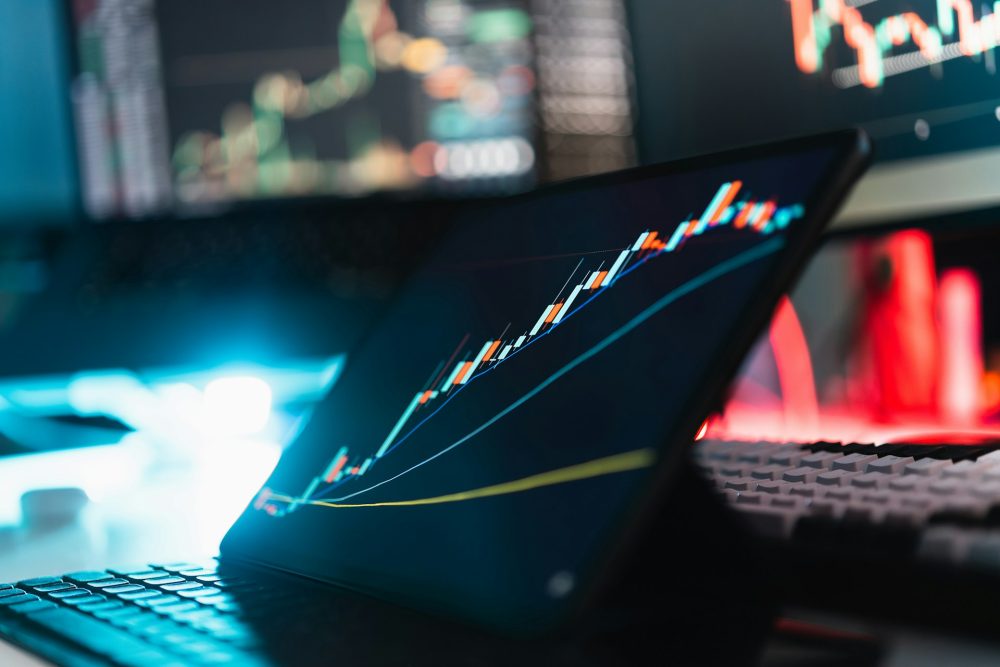
 Crowdfunding1 week ago
Crowdfunding1 week agoa2censo Expands Crowdfunding Access for SMEs and New Investors
-
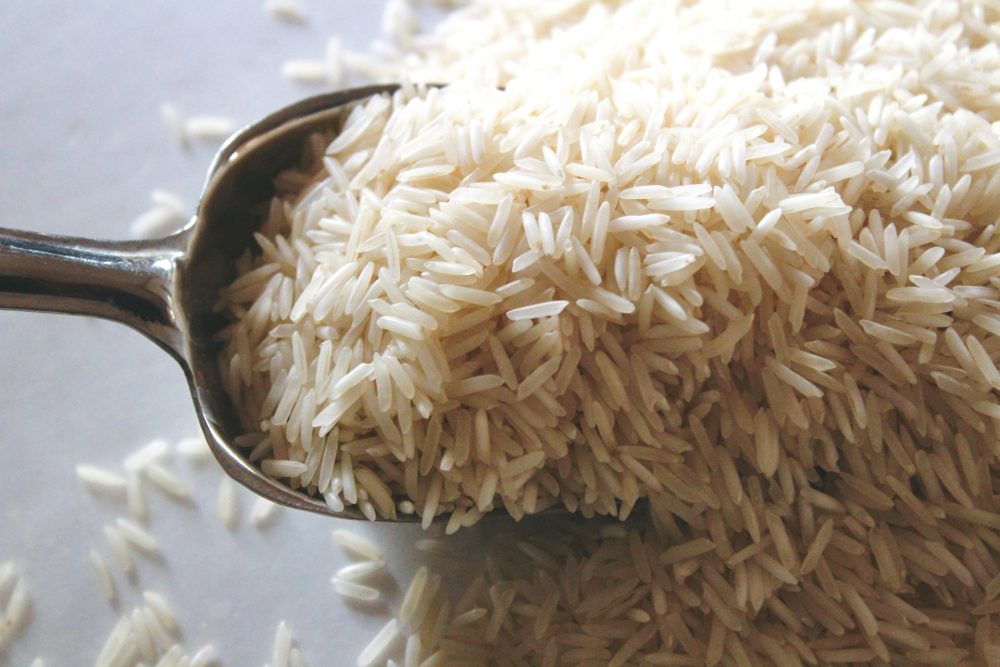
 Markets4 days ago
Markets4 days agoRice Market Rebounds from Oversold Lows Amid Weak Demand
-

 Markets2 weeks ago
Markets2 weeks agoMixed Market Trends as Global Coffee Growing Conditions Improve
-

 Fintech1 week ago
Fintech1 week agoPayPal Under Fire: Excessive Data Collection and Privacy Concerns in Advertising




